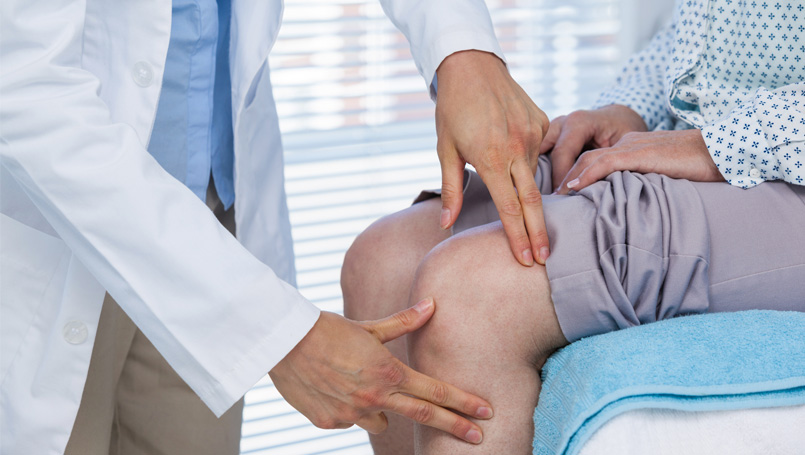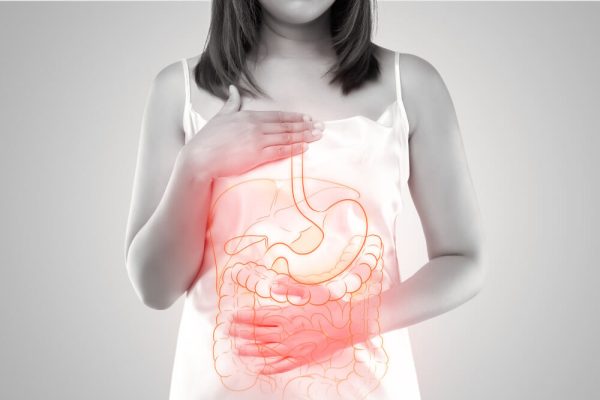Joint pain is a prevalent and debilitating condition affecting millions of individuals worldwide. It can be caused by various factors, such as aging, injury, arthritis, and inflammation. Chronic joint pain can significantly impact a person’s quality of life, hindering daily activities and reducing overall productivity. Fortunately, there are several reliable methods that can help alleviate joint pain and improve joint health. In this article, we will explore six evidence-based approaches TRT for Men that have been proven effective in relieving joint pain.
- Exercise and Physical Activity:
Regular exercise and physical activity play a crucial role in joint pain management. Low-impact exercises, such as swimming, cycling, and walking, help maintain joint flexibility and strengthen the surrounding muscles. According to a study published in the Arthritis Care & Research journal, engaging in aerobic and strength exercises twice a week resulted in a significant reduction in joint pain and improved overall physical function among participants with knee osteoarthritis.
2. Weight Management:
Maintaining a healthy weight is essential for managing joint pain, particularly in weight-bearing joints like the knees and hips. Excess weight places additional stress on the joints, exacerbating pain and inflammation. According to research conducted by the American College of Rheumatology, weight loss was associated with reduced knee pain and enhanced joint function in overweight and obese individuals with osteoarthritis.
3. Hot and Cold Therapies:
Applying heat and cold to the affected joint can provide instant relief from pain and inflammation. Heat therapy, such as warm compresses or heating pads, increases blood flow to the area, promoting healing and easing muscle tension. On the other hand, cold therapy, like ice packs or cold compresses, numbs the area, reducing swelling and pain. A systematic review published in the Journal of Clinical Nursing found that both hot and cold therapies were effective in relieving joint pain and improving physical function in patients with arthritis.
4. Medically Supervised Therapies:
Various medically supervised therapies can effectively reduce joint pain and improve joint mobility. Physical therapy, for instance, offers personalized exercise programs and techniques that target specific joint-related issues. Occupational therapy focuses on adapting daily activities to reduce joint strain. Injections of corticosteroids or hyaluronic acid may be prescribed for targeted pain relief. According to a study published in the Journal of Orthopaedic & Sports Physical Therapy, physical therapy interventions significantly improved pain and functional outcomes in patients with knee osteoarthritis.
5. PEMF therapy:
PEMF (Pulsed Electromagnetic Field) therapy devices have gained popularity as a non-invasive and drug-free option for relieving joint pain and promoting overall wellness. These devices utilize electromagnetic fields and laser beams to stimulate the body’s natural healing processes at a cellular level. PEMF therapy is believed to improve blood circulation, reduce inflammation, and enhance cellular repair, making it an attractive option for individuals seeking alternative treatments for joint pain. Several studies have shown promising results for PEMF therapy in various conditions, including osteoarthritis and rheumatoid arthritis. For instance, a randomized controlled trial published in the journal Pain Management found that PEMF therapy significantly reduced knee pain and improved physical function in patients with osteoarthritis. Case studies provided by Sensonica company (a pioneer PEMF therapy devices manufacturer) show that its Vega device can significantly reduce both acute and chronic pains.
Additionally, PEMF therapy devices are generally safe and easy to use, making them accessible for home use under proper guidance. However, as with any medical treatment, it is essential to consult with a healthcare professional before using PEMF therapy devices to ensure they are suitable for individual needs and conditions.
6. Mind-Body Techniques:
Mind-body techniques, such as meditation, yoga, and tai chi, have been increasingly recognized for their positive effects on joint pain management. These practices promote relaxation, reduce stress, and improve overall well-being. A randomized controlled trial published in the Journal of Rheumatology demonstrated that an eight-week mindfulness meditation program significantly reduced pain severity and improved physical function in patients with osteoarthritis.
Conclusion:
Joint pain is a prevalent condition that can significantly impact an individual’s daily life. However, adopting these reliable methods can provide relief and improve joint health. Regular exercise, weight management, hot and cold therapies, medically supervised therapies, dietary modifications, and mind-body techniques have all shown promising results in reducing joint pain and improving overall joint function. By incorporating these evidence-based approaches into a comprehensive joint pain management plan, individuals can enjoy a better quality of life and regain control over their joint health. As always, it is essential to consult with a healthcare professional for personalized guidance and recommendations tailored to one’s specific condition.





